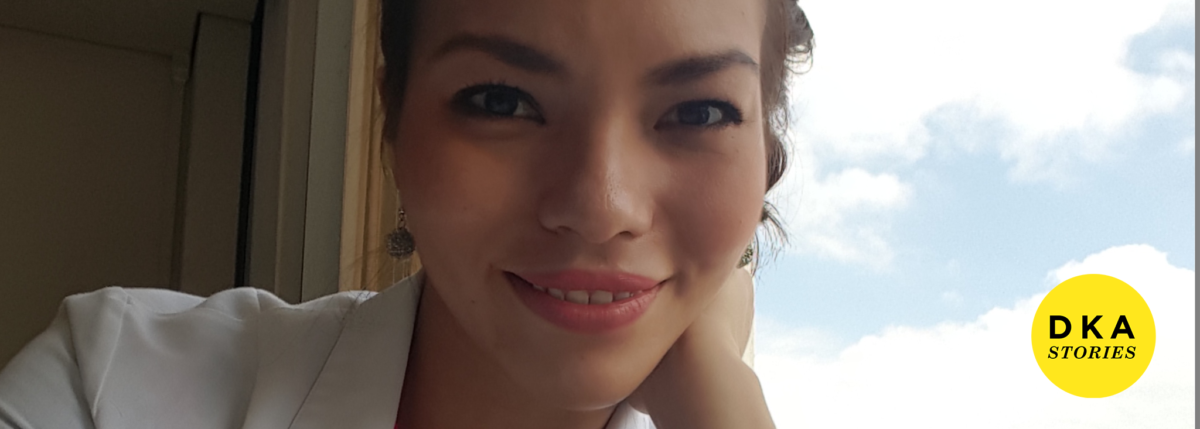Flaws in Technology: A Case of DKA
Frightening territory
When I was diagnosed, I was in diabetic ketoacidosis (DKA). After that, it only happened to me once. This was in February. There were flaws in the technology that I use and I spent a few hours without insulin, which triggered this DKA event. The day before, I had a blood glucose level of more than 22.2 mmol/L400 mg/dl when I woke up. To date, I do not know the causes but it was a very high number that, thankfully, I was able to correct. I changed my cannula and made sure that the insulin passed properly.
The next morning I woke up very thirsty. I must confess that I did not measure my BG levels because I had patients booked in appointments very early. I did not have breakfast or anything. I later measured my glucose and surprise! The result was more than 25.0 mmol/L450 mg/dl. I know the treatment plan so I started drinking water. Within two hours, my glucose had dropped a little but not too much. I had abdominal pain. My glucose remained at 22.2 mmol/L400 mg/dl all morning but I could not leave my work area since I was alone with many patients.
At around two in the afternoon, I felt awful but I managed to leave work. I already had double vision, nausea, vomiting and abdominal pain with a BG above 25.0 mmol/L450 mg/dl. I felt so bad that I went as fast as I could go to the emergency room. I knew I would need help so I got in touch with my endocrinologist friends and internal medicine doctors who started doing tests, and I started to inject insulin without using my pump.
I spent much of the afternoon and night unable to determine the cause of this event. When I was entered the emergency room and I removed the cannula, I saw that it was broken. Failures in technology for the management of diabetes can cause incredible damage. We must remember that these are machines and as such, they will fail from time to time.
The takeaway
From this experience I came away with four main points that I want to share with you:
- If your glucose is high and you use an insulin pump, the best suggestion is to correct once with the device. If your glucose does not drop within a reasonable period of time previously discussed with your health care team (two hours for some is sufficient) proceed with a manual correction (injection).
- Change your infusion set. If your BGs did not drop after the first correction, don’t wait, change your infusion set to rule out that cause! Very often there may be obstructions, bent cannulas and other problems in the equipment that can prevent insulin from reaching your body and this can lead to DKA fast.
- Check your insulin. Check that the insulin you use is in good condition, that is, that it has been stored at the correct temperature and that it has not passed its expiration date.
- Do not forget a backup plan. ALWAYS take spare supplies with you. Make a kit so you can carry syringes, strips, extra insulin and if you use an insulin pump, include reservoirs and infusion sets. This way you can rule out a failure in technology or change these if necessary.
DKA will not always occur when we have many days of illness or when we have many days with high glucose levels. It can present itself at any time as a result of failures that do not depend on our own management. We should always be ready to handle DKA urgently and keep ourselves out of danger.
This piece is part of Beyond Type 1’s resources on DKA + managing ketones – find the complete collection of resources here.
This piece originally appeared on Beyond Type 1 en Español, check out the Spanish version here.





